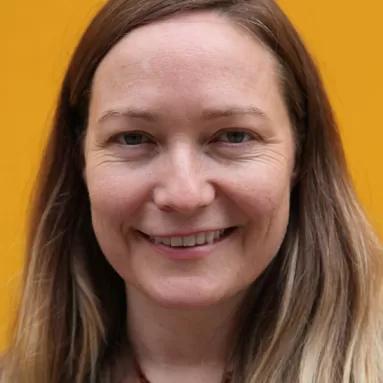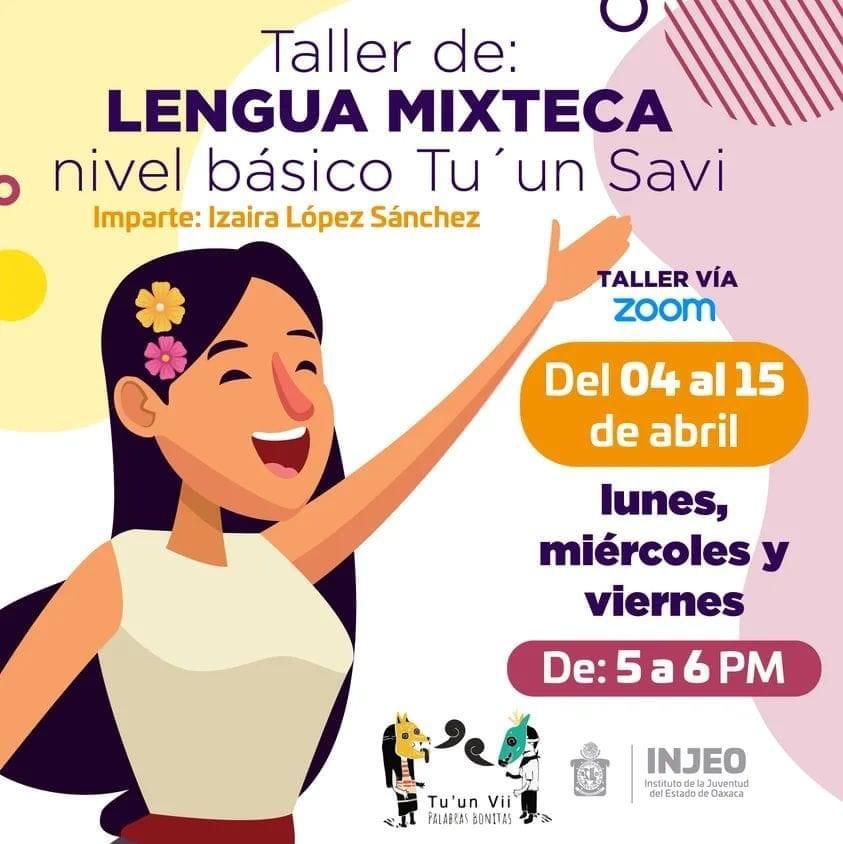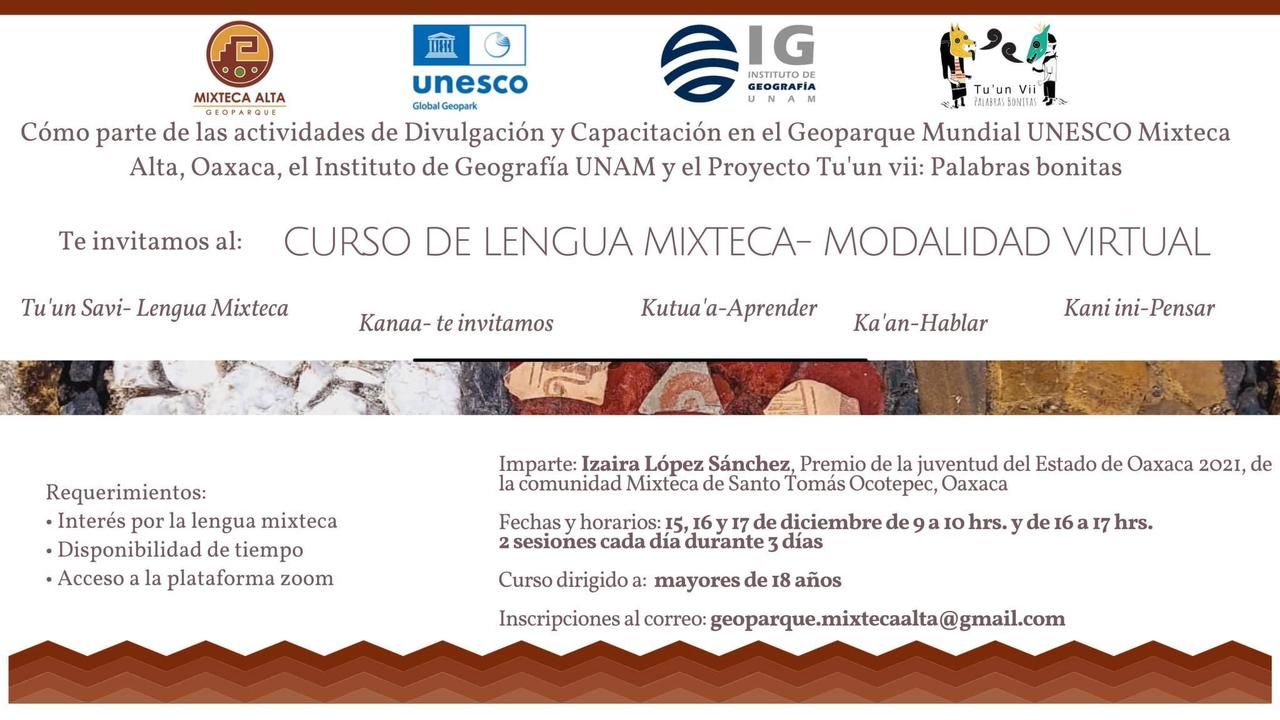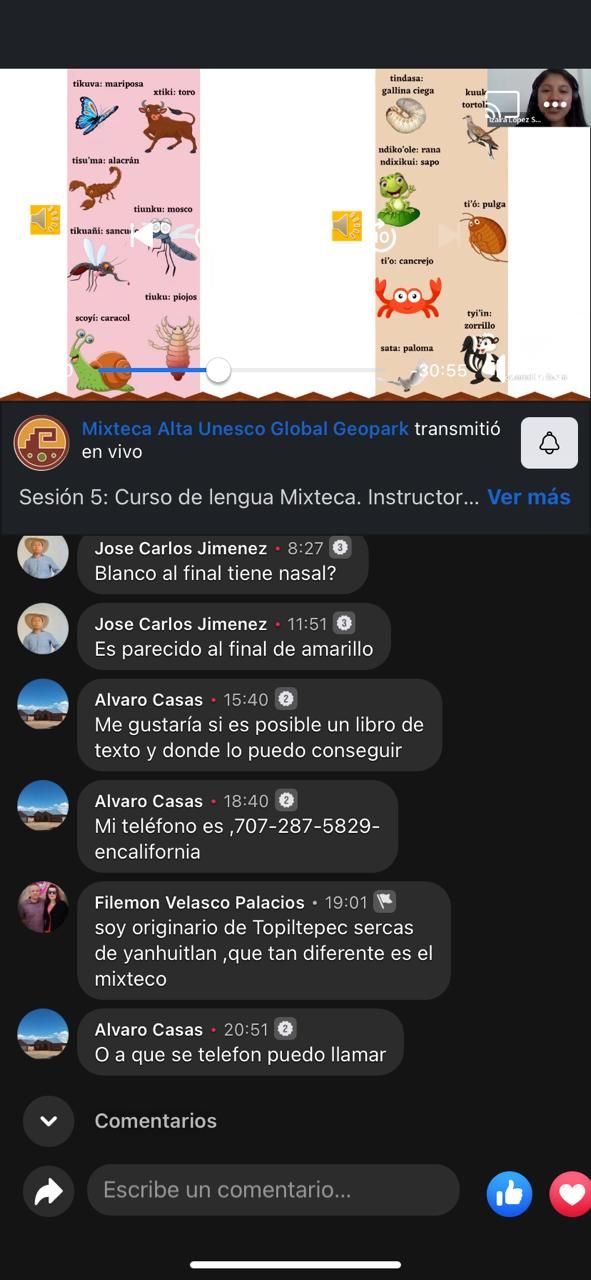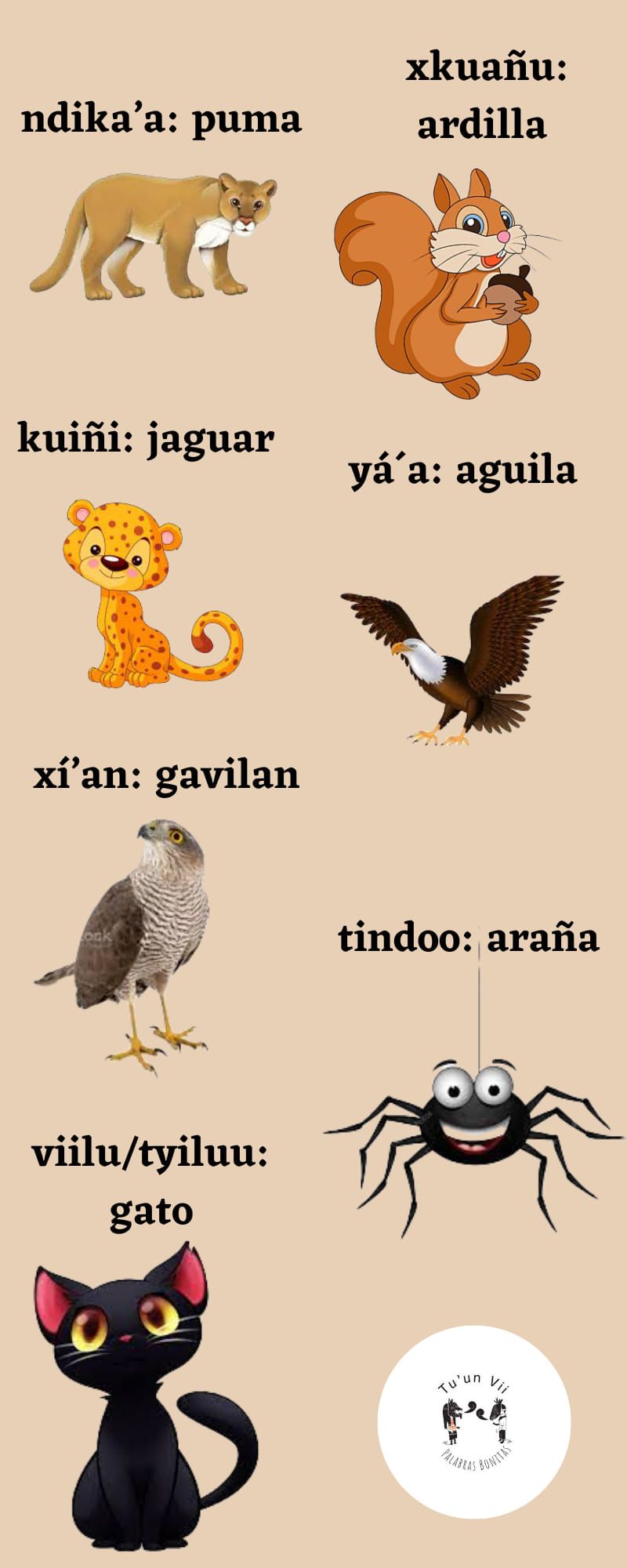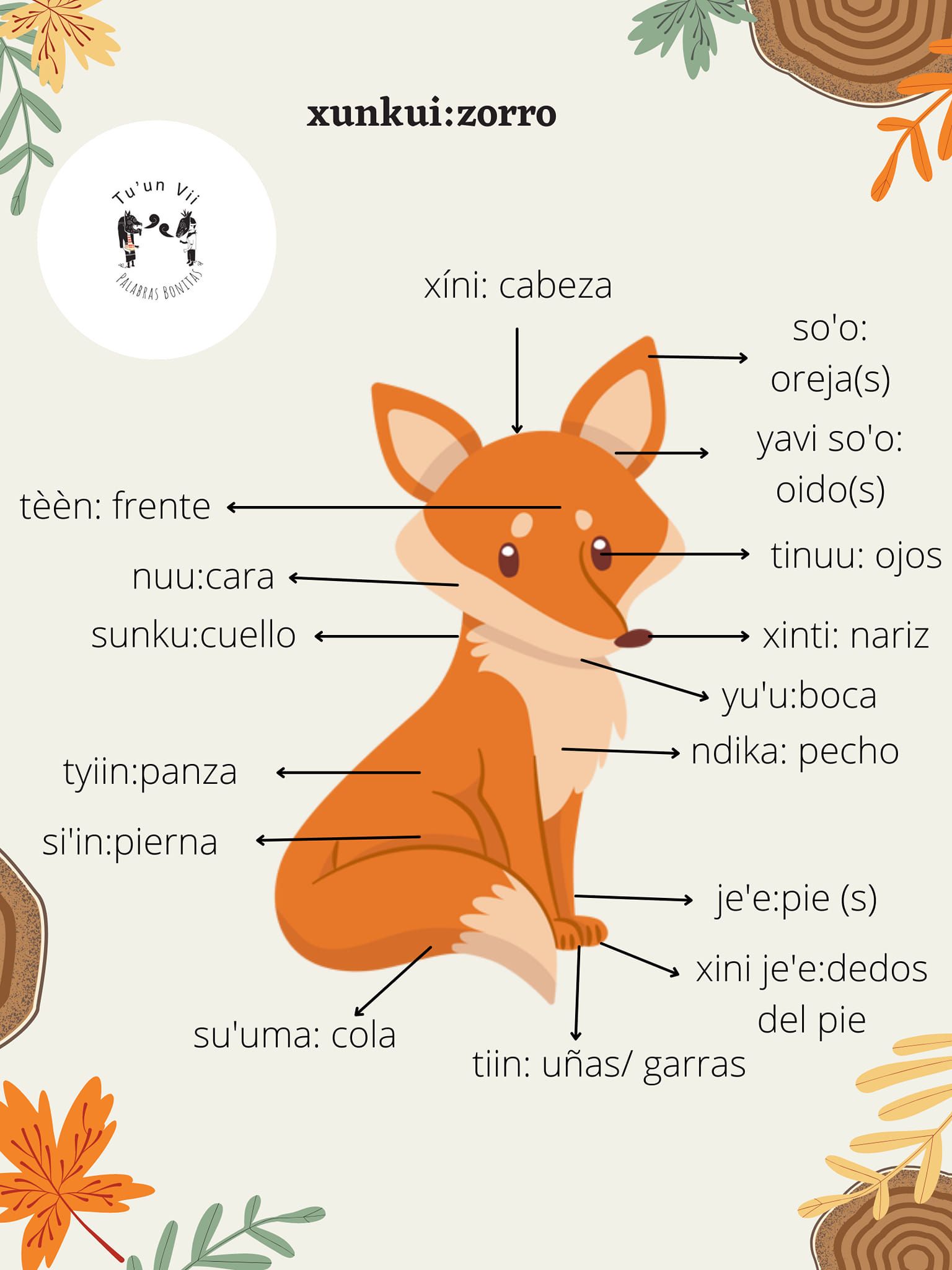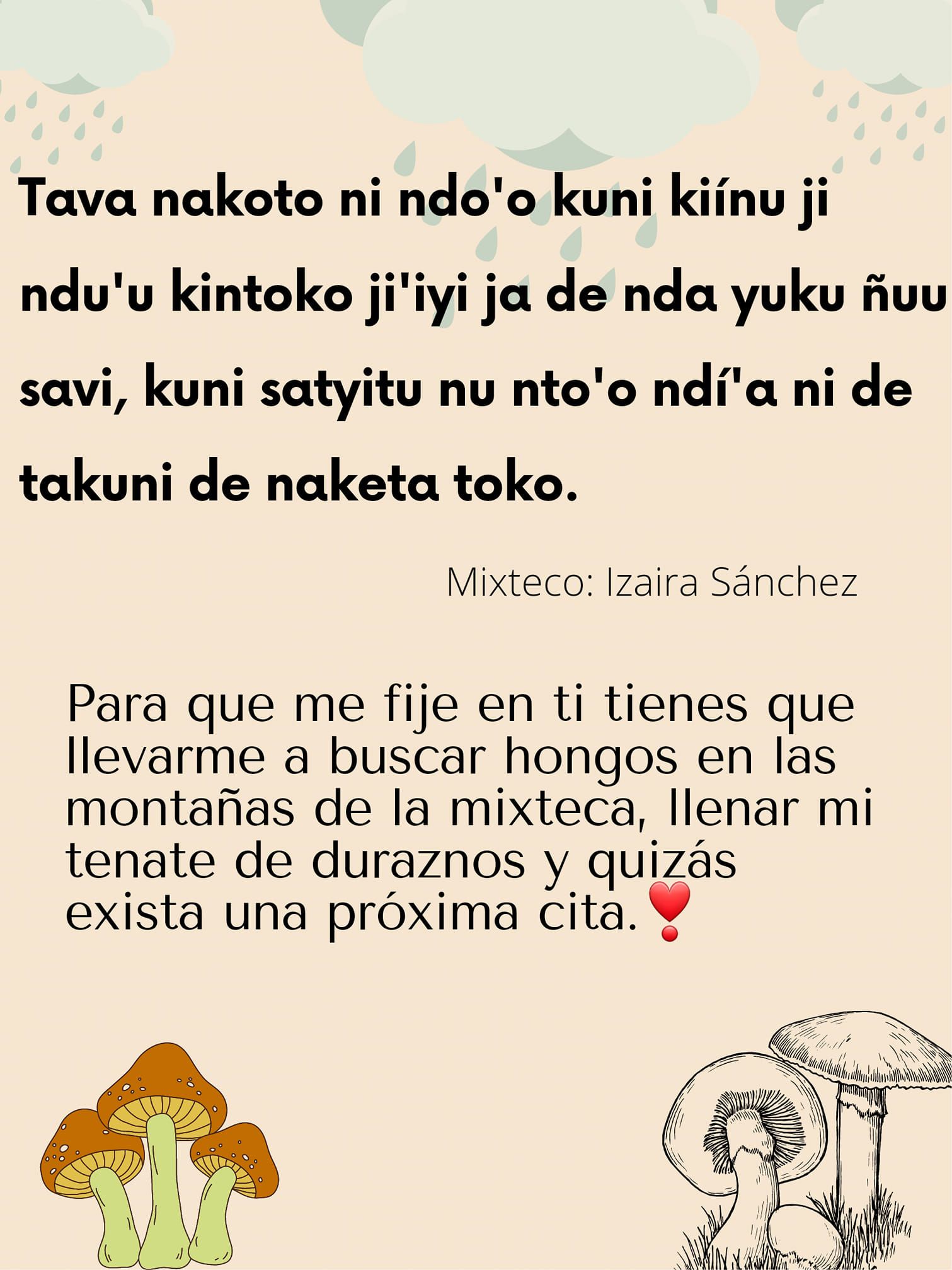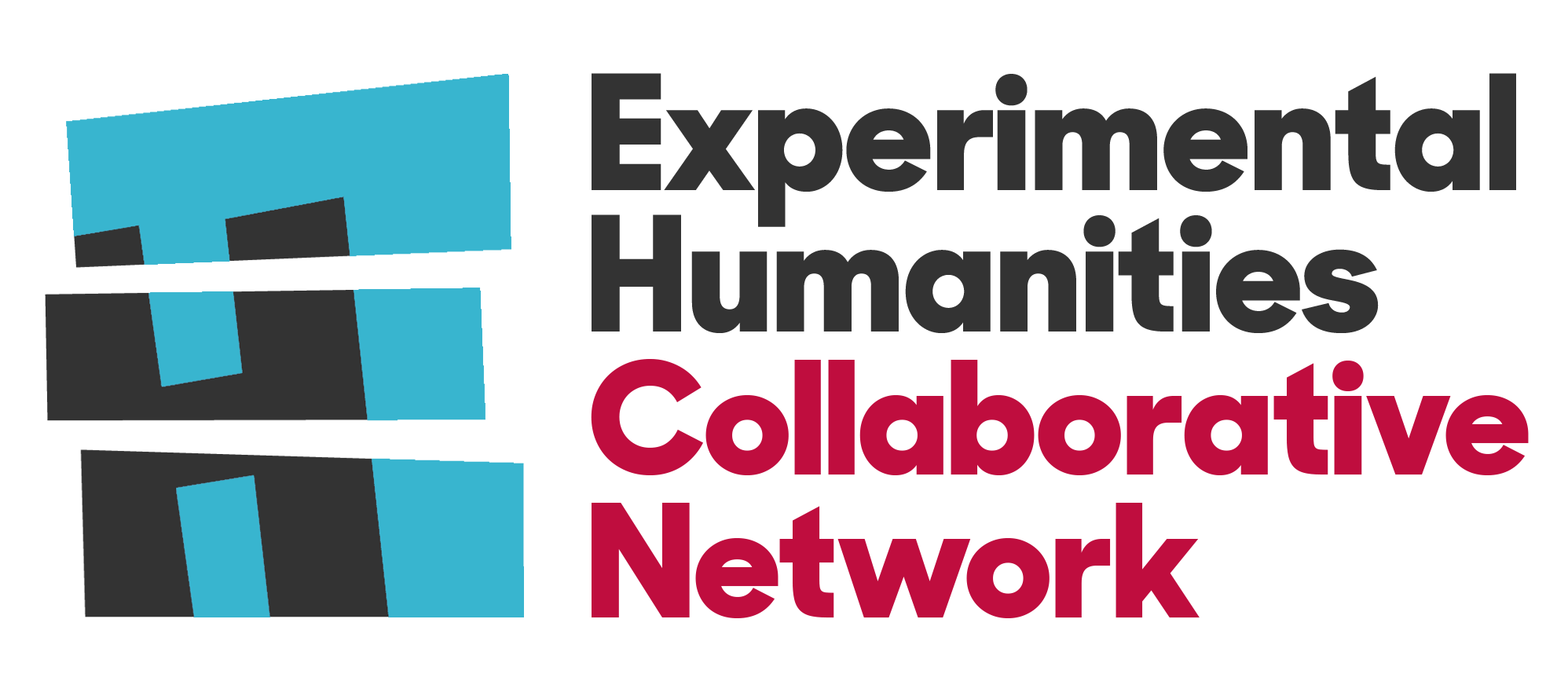Welcome to The Experimental Humanities Collaborative Network
Tu’un Vii: Palabras Bonitas
Izaira Lopez Sanchez is an Indigenous Mixtec student from the community of Santo Tomas Ocotepec (Tlaxiaco, Oaxaca, México), where her people used to speak Tu’un Savi (Language of the Rain) or the Mixtec language. Today, however, the youth in the community are losing this language, which inspired Izaira to create the project "Tu'un Vii: Palabras Bonitas" (previously called “Aprendiendo Tu’un Savi-Variante Santo Tomás Ocotepec”), in which she creates audio-visual materials and shares these with the community via social media.
Due to the consequences of globalization, discrimination and racism, the loss of Indigenous languages is a problem shared by Indigenous peoples worldwide. Beyond being a communication tool for their speakers, the loss of these languages is of concern because they transmit ancestral knowledge and are part of the identity and way of life for indigenous peoples. Mixteca is a region located in southern Mexico with approximately 517 thousand speakers of the Mixtec languages according to the National Institute of Indigenous Languages (INALI), and with 81 variants between the states of Guerrero, Puebla and Oaxaca. Despite this number of speakers, today the loss of Mixtec or Tu’un Savi is increasingly noticeable, mainly reflected in the younger generations, and because of the lack of public policies to teach indigenous languages.
Lopez recorded short videos aimed at an audience that has Tu’un Savi as a second language: therefore the material created is based on the basic level of Tu'un Savi/ Mixtec. The positive response from students and viewers then inspired the creation of posters, banners, infographics and flyers, in addition to the translation of short texts and poems. These language education tools are posted on social networks with content that ranges from vocabulary, numbers, verbs, colors, and animals.
Workshops were also carried out at a basic level for speakers and non-speakers from different communities in the Mixteca region and for different age ranges including children (5 and 7 years old), adolescents (11 to 15 years old), young people (18 to 29 years old) and adults (30 to 40 years old), who showed great interest in learning the Mixtec language, and who for various reasons had not learned it from a young age. Workshops were carried out virtually due to the pandemic.
See: Instagram: izaira_san; Twitter: @IzairaSanchez; Facebook: Tu’un Vii- Palabras Bonitas: https://www.facebook.com/profile.php?id=100063612683809 ; TikTok: @tuunvii_palabrasbonitas
Izaira Lopez Sanchez, student lead
Recovering Voices, National Museum of Natural History, Smithsonian Institution Gwyneira Isaac is a cultural anthropologist and Curator of North American Ethnology at the National Museum of Natural History (NMNH) at the Smithsonian Institution. Her research investigates the dynamics of and intersections between culturally different knowledge systems. Central to this study is her ethnography of a tribal museum in the Pueblo of Zuni, New Mexico, Mediating Knowledges: Origins of a Museum for the Zuni People (2007), in which she examines the challenges faced by Zunis operating between Zuni and Anglo-American approaches to knowledge. Her explorations into these knowledge intersections (either culturally or disciplinarily distinct), include how technology and media are used within the discipline of anthropology. She looks at the different values attributed to the reproduction of knowledge as explored through museum replicas in ‘Whose Ideas Was This?’ Replicas, Museums and the Reproduction of Knowledge’ (2012), as well as “Perclusive Alliances: Digital 3-D, Museums and the Reconciling of Culturally Diverse Knowledges” (2015). Currently, she is researching the history of face casting in the 19th and 20th century and the intersectional histories these now engage, where descendant communities, physical anthropologists and museums grapple with the legacies of these duplicated bodies. As part of the Recovering Voices program she helps to lead at the NMNH, she is working on exploring the use of collections by Native American communities within their cultural revitalization efforts. As part of this effort, in 2012, she formed the Health and Culture Research Group (HCRG) to bridge Anglo-American and Indigenous approaches to Native American health issues. The project she brings to the EHCN OSUN group, To Be—Named, looks at the cultural politics of naming, especially via the intersections between different disciplinary naming practices, colonizing and decolonizing naming practices, as well as issues around naming and race. The aim of the project is to build bridges between the academy and diverse and Indigenous communities, as well as to find multi-modal methods, media and technologies that will help creatively and ethically assemble, exchange and build understanding around responsibilities towards knowledge diversity.Gwyneira Isaac
